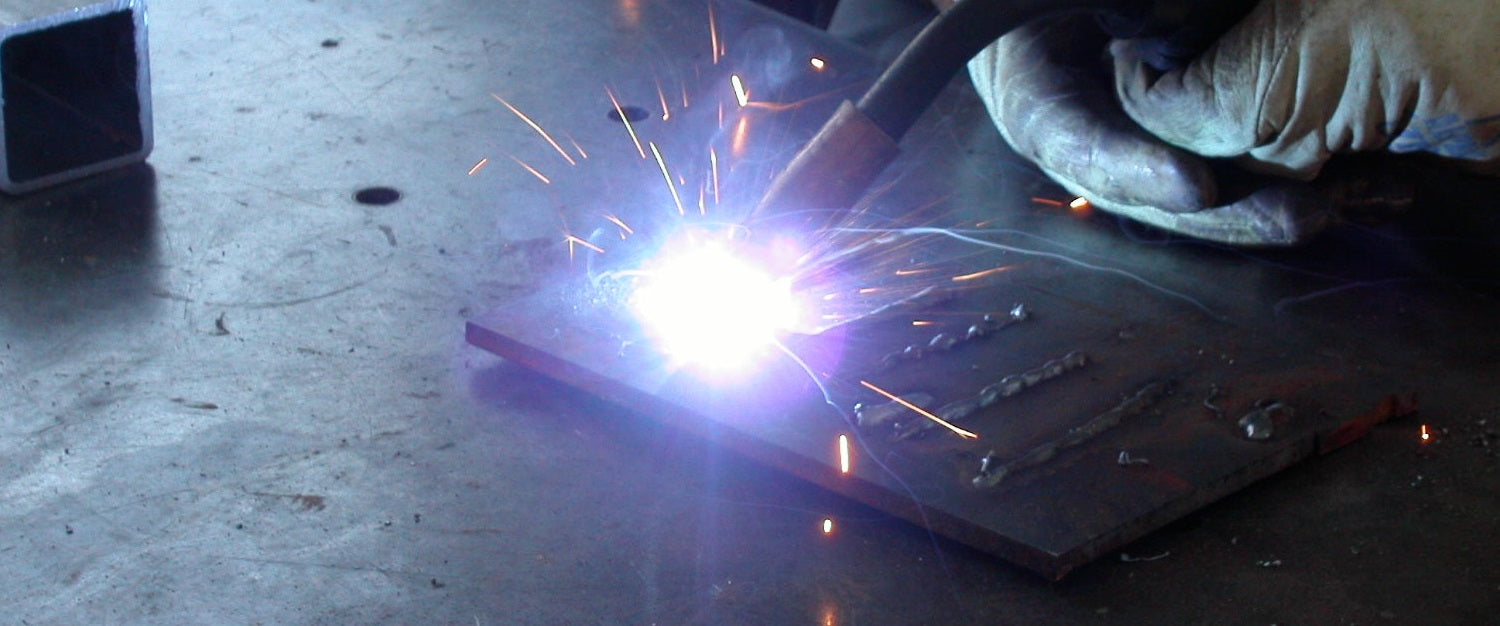
In the previous articles we have addressed the themes concerning the Difficulties of aluminum welding with TIG process, now let's talk about wire welding.
The parameters with which we compare are the same, ie the casting of the alumina before being able to mix the underlying aluminum under the welding bath (if you missed this part, read first this article).
Aluminum welding can also be made with a normal wire welding machine with process in Spray arc. Leaving aside the peculiarities that accompany the correct use of accessories (Teflon or carbon sheath, towing rollers suitable for aluminum, argon gas or mixtures for aluminum) and the preparation of the support material (pickling) concurrent on the actual procedure.
The problem of wire welding with a normal process welding machine spray arc It is the thermal contribution, ie overheating that is generated by fusion at increasing temperature above all on thin thicknesses. A small wire welding machine can be adjusted to very low amperages that could be well tolerated if the expansions due to the intake heat are controlled to prevent the material from deforming. This also happens with the TIG AC / DC but being the latter more concentrated, the effects of expansion are less visible.
An excellent solution is the adoption of a bushed arc welding machine better if synergic and with pre-set aluminum welding program. The pulsation offers the advantage of a "cooling" heating and contemporary that allows a more "cold" welding than the traditional system, thus offering greater guarantees of excellent yield without deformation of the material.
A further aspect, which in the aluminum welding is particularly evident if not properly addressed, concerns the distance of the wire coming out of the piece to be welded. It is a very common phenomenon among the hobbyists, especially if the first weapons. The speed of the hand and the distance of the nozzle from the piece are not in line with the capacity of the welding machine and this is not in relation to the type of material and its thickness.
How to weld well-wire aluminum?
As they said it is important to have a pulsed arc sinergic welding machine. There are machines on the market like the STEL IRON MIG 221P that, despite being machines for non-professional use, they enclose many important technological aspects.
The first aspect is the system of Self-compensation (ST-ARC) That is, the welding machine automatically varies the welding parameters depending on the distance from the piece to be solder, thus avoiding lumps or welding cords that are too thin or not perfectly melted.
The second aspect is to control the combination speed to the piece to be welded. The synergistic control allows a launched ascending arc welding controlled with a few splashes. This is mainly notice on subtle sheets.
Also on this machine there is the P.A.W. that is the Precision Aluminum Welding which consists in intelligent control of the welding arc on thin thicknesses (1.5 - 2 mm). The result is a very short and concentrated arch with the use of wire diam.1.0 mm. This process is very appreciated in the welding of aluminum bodywork and frames.
Finally we talk about a pulsed bow
System I-Cold Pulse (registered trademark of Stel Welding Group Made in Italy) It is possible to reduce the thermal contribution and at the same time increase the speed with a very stable, concentrated and intense arc for better penetration with low deformation of the material.
We talked more than anything about this welding machine because, apart from the fact that we know it very well, but having more or less the wrist on new technologies on the market and the opinions of end users, we continue to note that the Stel Iron Mig 221P remains the Unbeatable machine for this type of jobs as a quality / price ratio.
For any questions we invite you to write to us or call us with one of the following ways:
- Whatsapp 348 6018421
- Email: info@tecnista.it
- Phone: 0431 621270

